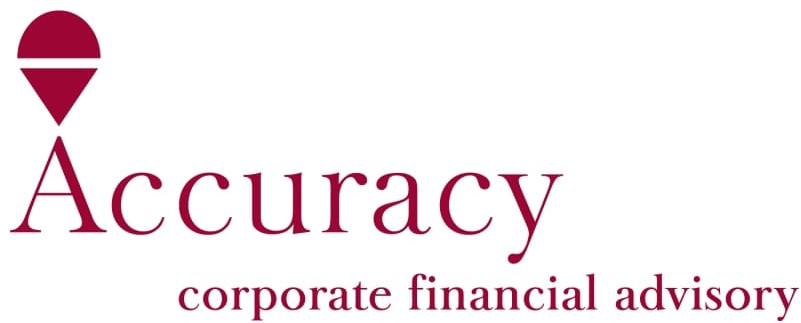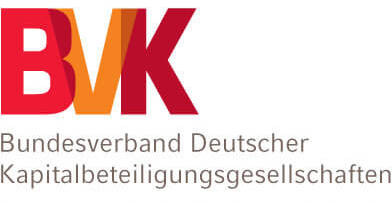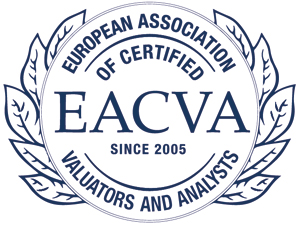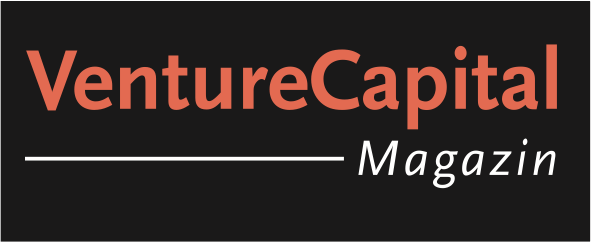NEWSLETTER of October 24, 2025
The following content has been added at finexpert:
Capital Market Data
We updated the capital market data
(Multiples, Betas and Returns) as to October 15, 2025 >more
Studies > Performance
BCG
POSITIONING FOR GROWTH IN UNCERTAIN TIMES: CORPORATE AND INVESTMENT BANKING REPORT 2025
Capital is moving, technology is scaling, and geopolitics is fracturing. Together, these forces are redrawing corporate and investment banking — and the next 24 months will decide who wins the advantage. The corporate and investment banking wallet are set to expand more than 30% by 2030, with revenues migrating toward sponsors and their portfolio companies while traditional corporate and institutional fees decline. No longer experimental, artificial intelligence is projected to deliver 25% to 40% productivity gains for bankers and 20% to 35% for operations, making transformation a CEO-level agenda. >more
Studies > Corporate Finance
PwC
EMISSIONSMARKT DEUTSCHLAND: Q3 2025
Capital increases, which had fallen to a historic low of €7 million in the second quarter, provided a ray of hope in the third quarter. Between July and September, eight companies raised fresh capital in this way. At €3.613 billion, the proceeds reached their highest level for a quarter since the end of 2022. EnBW Energie Baden-Württemberg AG accounted for the lion's share of this: the utility company raised €3.106 billion through a capital increase. The money is to be invested in a programme to promote the climate-neutral transformation of the energy system. >more
Studies > Corporate Finance
KfW Research
KFW-KREDITMARKTAUSBLICK OKTOBER 2025
According to estimates by KfW Research, new lending to businesses grew by only 0.8% year-on-year in the second quarter. In real terms, new business actually declined. The weak economy and US tariffs dampened German banks' lending to businesses. Is the moderate growth in lending already over? The significant decline in lending rates since the beginning of the year is likely to boost demand for corporate financing somewhat, despite the still weak economy. However, the banks' strict lending standards continue to have a dampening effect, so that only slight growth in lending is expected in the third quarter. If the economy picks up in the fourth quarter with the fiscal package, new business could grow more strongly. >more
Studies > Macro
Bank for International Settlements
BIS QUARTERLY REVIEW, SEPTEMBER 2025
Global financial markets maintained a risk-on tone during the review period, shrugging off concerns over mounting tariff and policy uncertainty. Despite short-lived bouts of volatility triggered by incoming data and political developments, market sentiment remained upbeat, defying mounting challenges, including unease over the longer-run fiscal outlook in several key jurisdictions. Equity markets in particular delivered strong returns, led by US stocks, which reached all-time highs. Large cap technology stocks outperformed, buoyed by enthusiasm around artificial intelligence (AI) and strong earnings, despite high valuations. Japanese stocks also posted gains. After having rallied earlier this year, European stocks remained flat, on the back of relatively weaker earnings growth. As is typical during risk-on phases, the rally was accompanied by subdued volatility, with the VIX receding. Credit spreads remained compressed and declined to lows not seen in a decade in spite of default rates ticking up. >more
Research Papers > Corporate Finance
DATA AND WELFARE IN CREDIT MARKETS
Mark Jansen, Fabian Nagel, Constantine Yannelis, and Anthony Lee Zhang
2025
We show how to measure the welfare effects arising from increased data availability. When lenders have more data on prospective borrower costs, they can charge prices that are more aligned with these costs. This increases total social welfare and transfers surplus across borrower types. We show that under certain assumptions the magnitudes of these welfare changes can be estimated using only quantity and price data. Applying our methodology to bankruptcy flag removal, we find that in a counterfactual world where bankruptcy flags are never removed from credit reports, previously-bankrupt borrowers' surplus decreases substantially, whereas efficiency increases only modestly. >more
Research Papers > Corporate Finance
WHY DO TRADITIONAL AND SHADOW BANKS COEXIST?
Victor Lyonnet, and Edouard Chretien
2025
Traditional and shadow banks interacted in similar ways in the 2007 and COVID-19 crises, when both assets and liabilities flew out of shadow banks and into traditional banks. We explain these facts in a model of the coexistence of traditional and shadow banks in which liabilities and assets flow from the former to the latter in good times to avoid regulation, and the other way in a crisis to alleviate fire sales. The model sheds light on the (unintended) consequences of regulations for traditional banks on the shadow banking sector. >more













